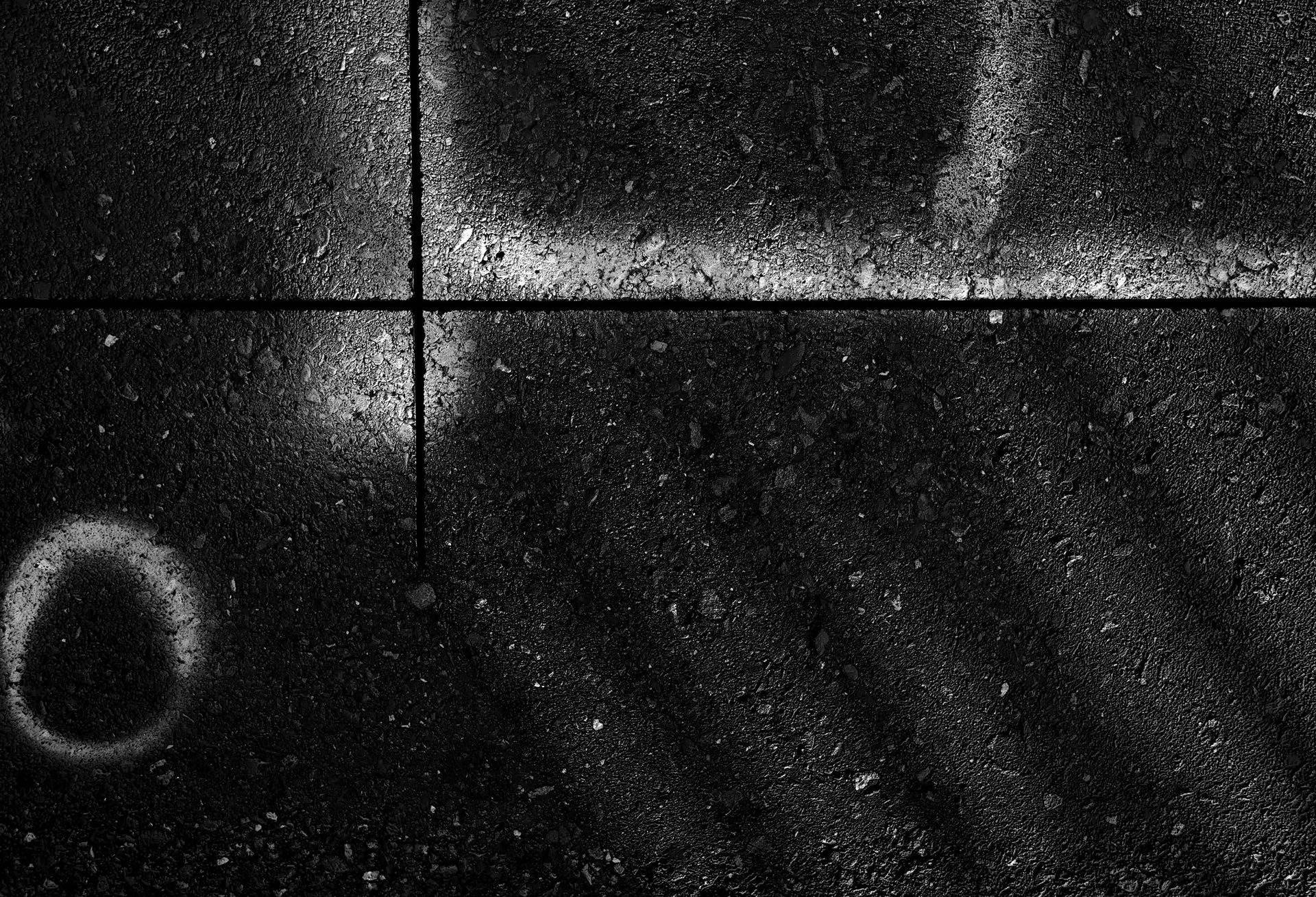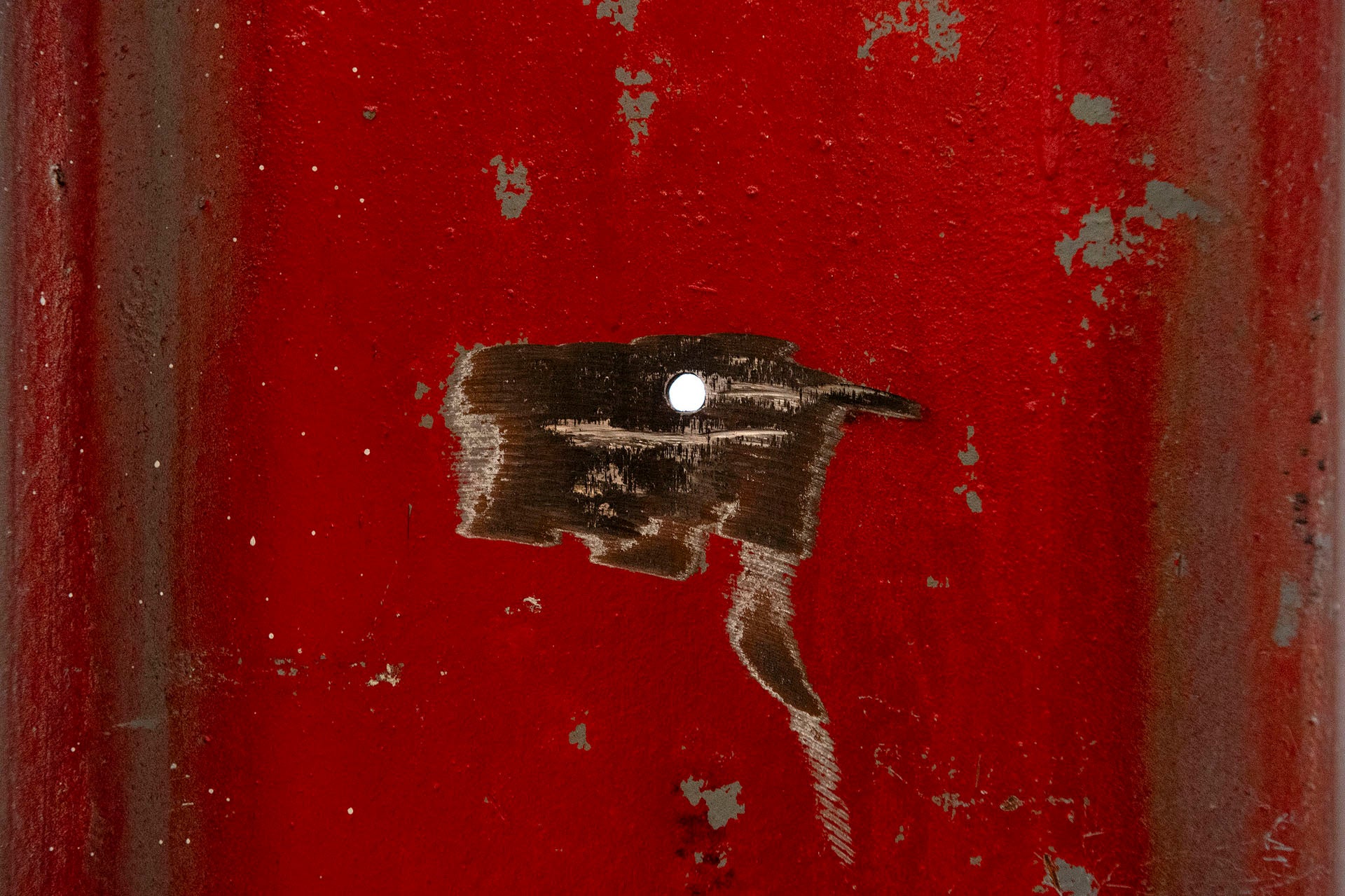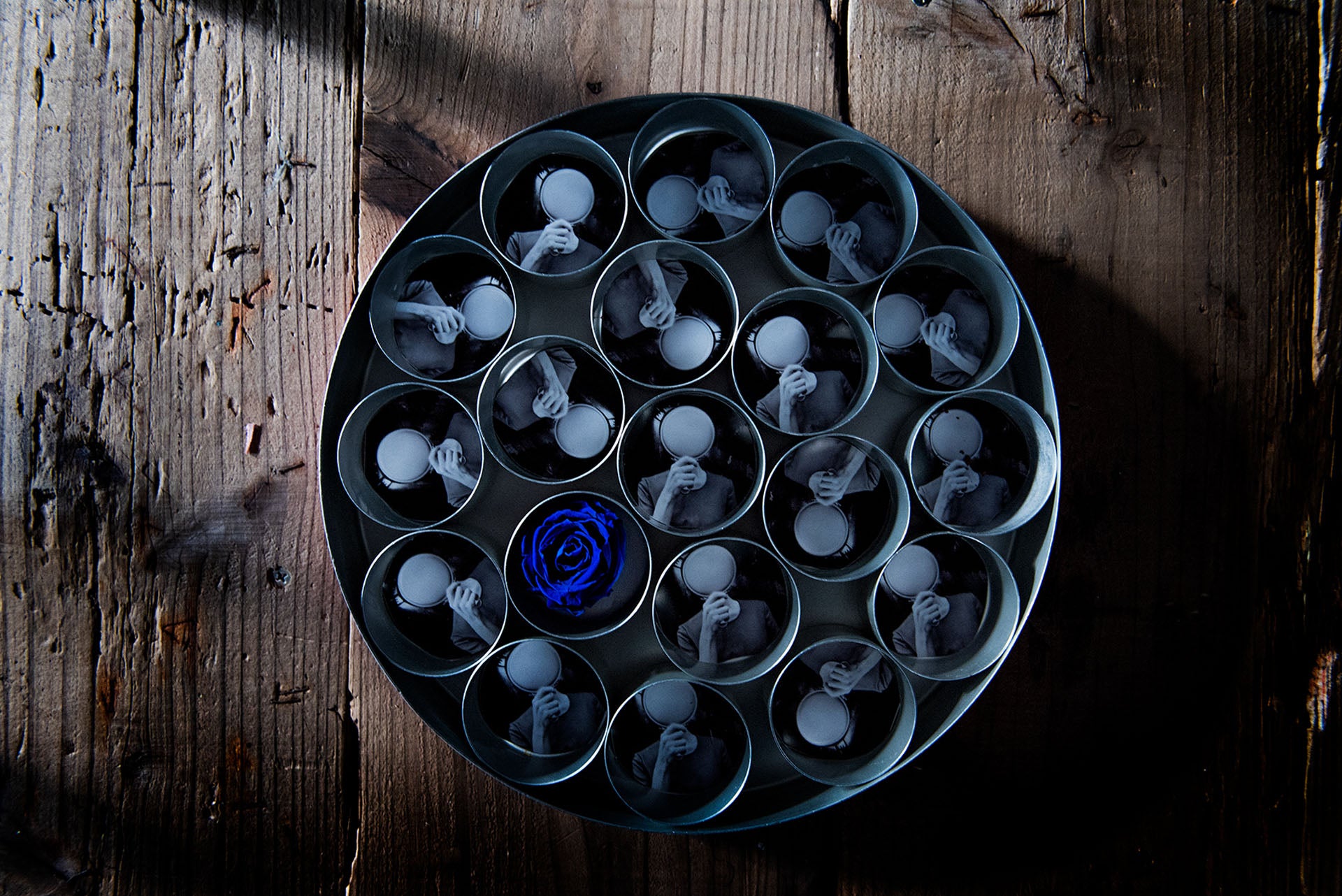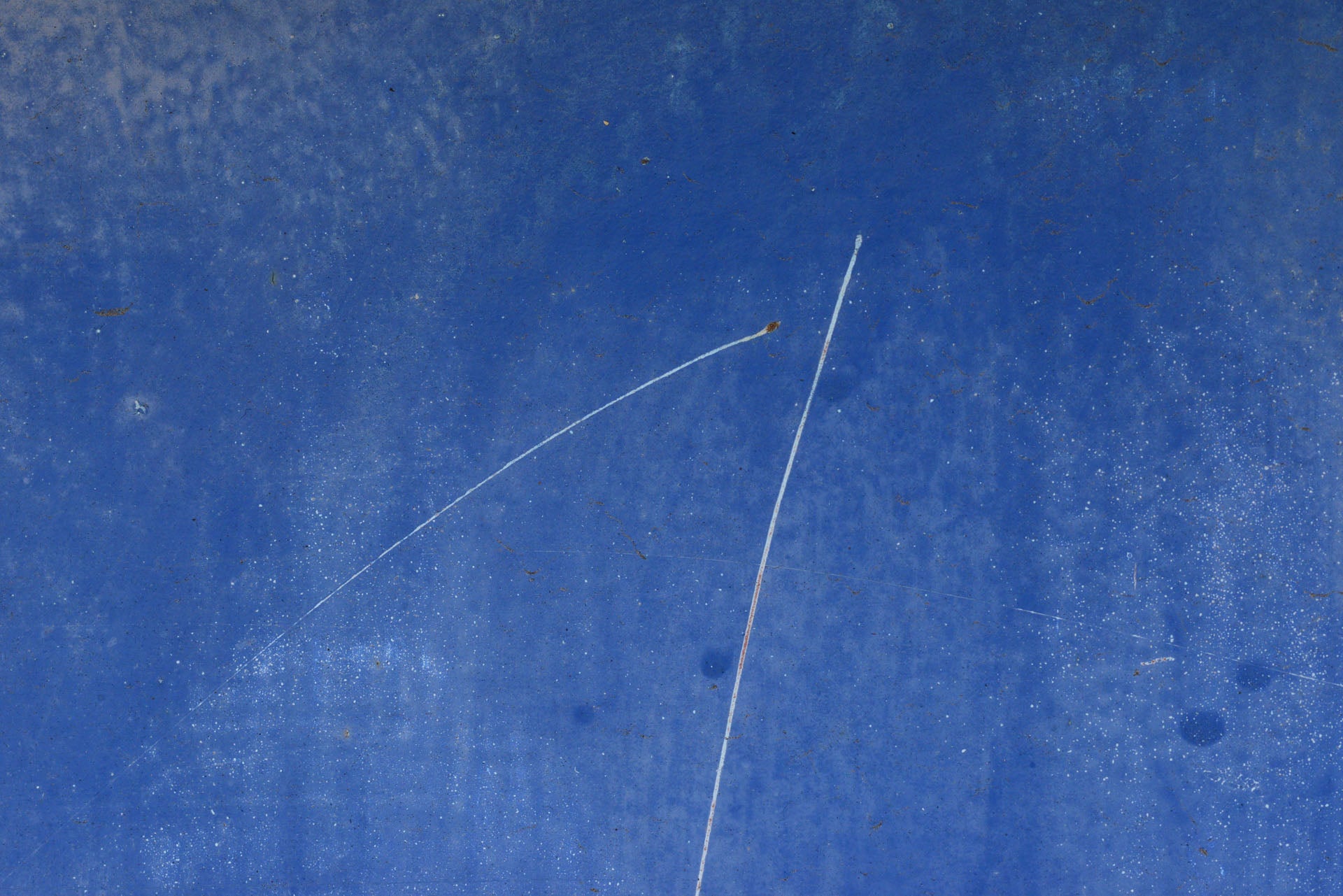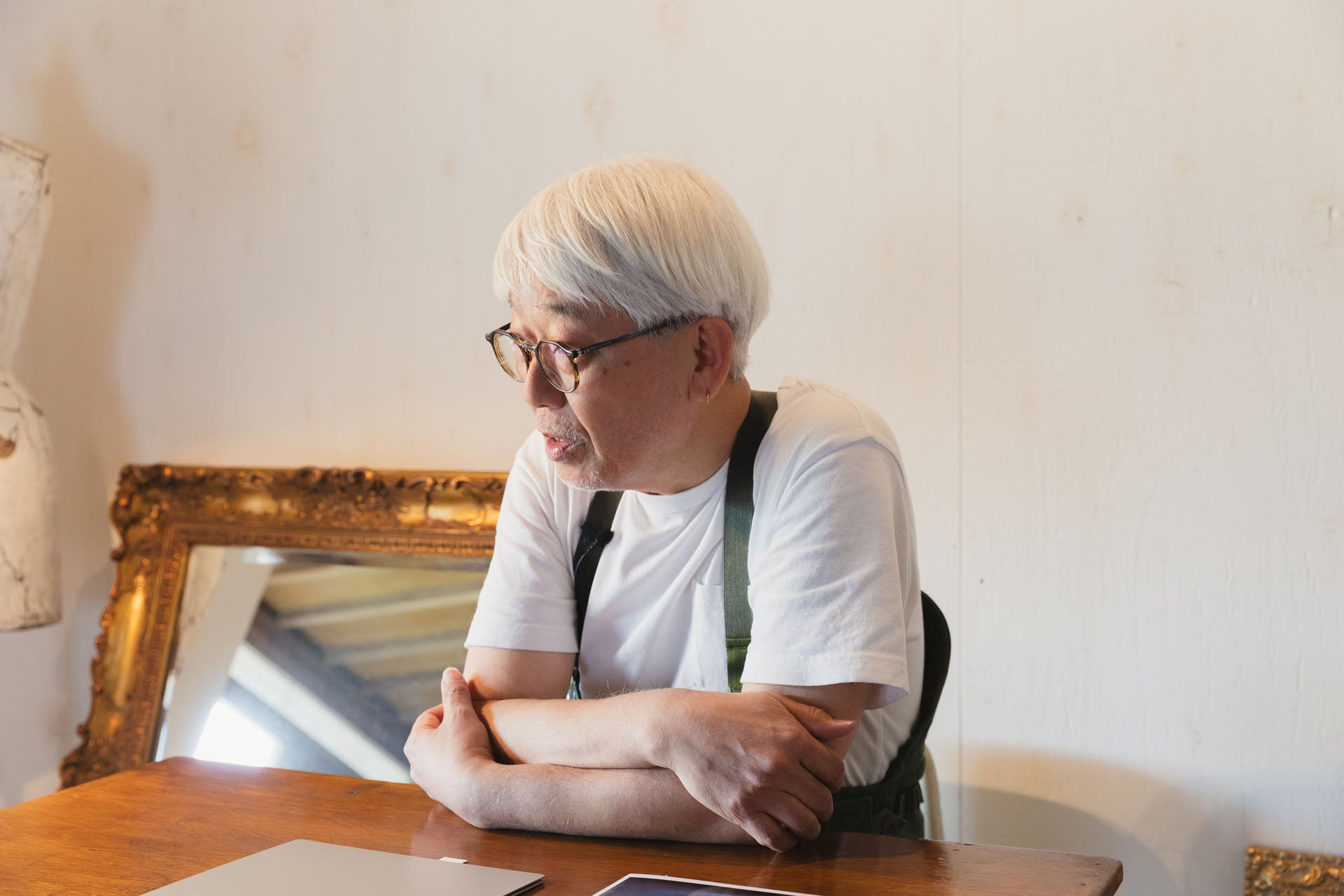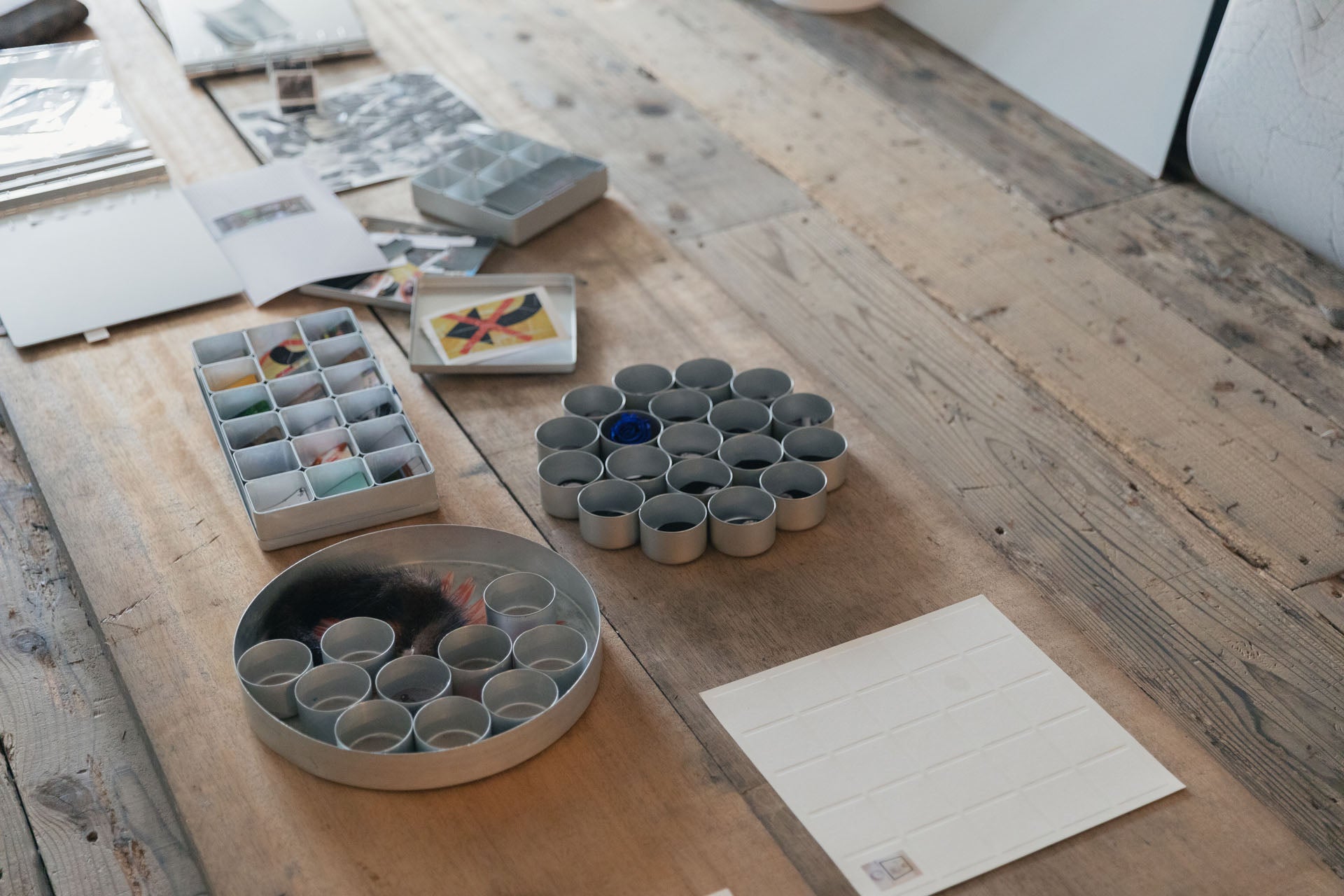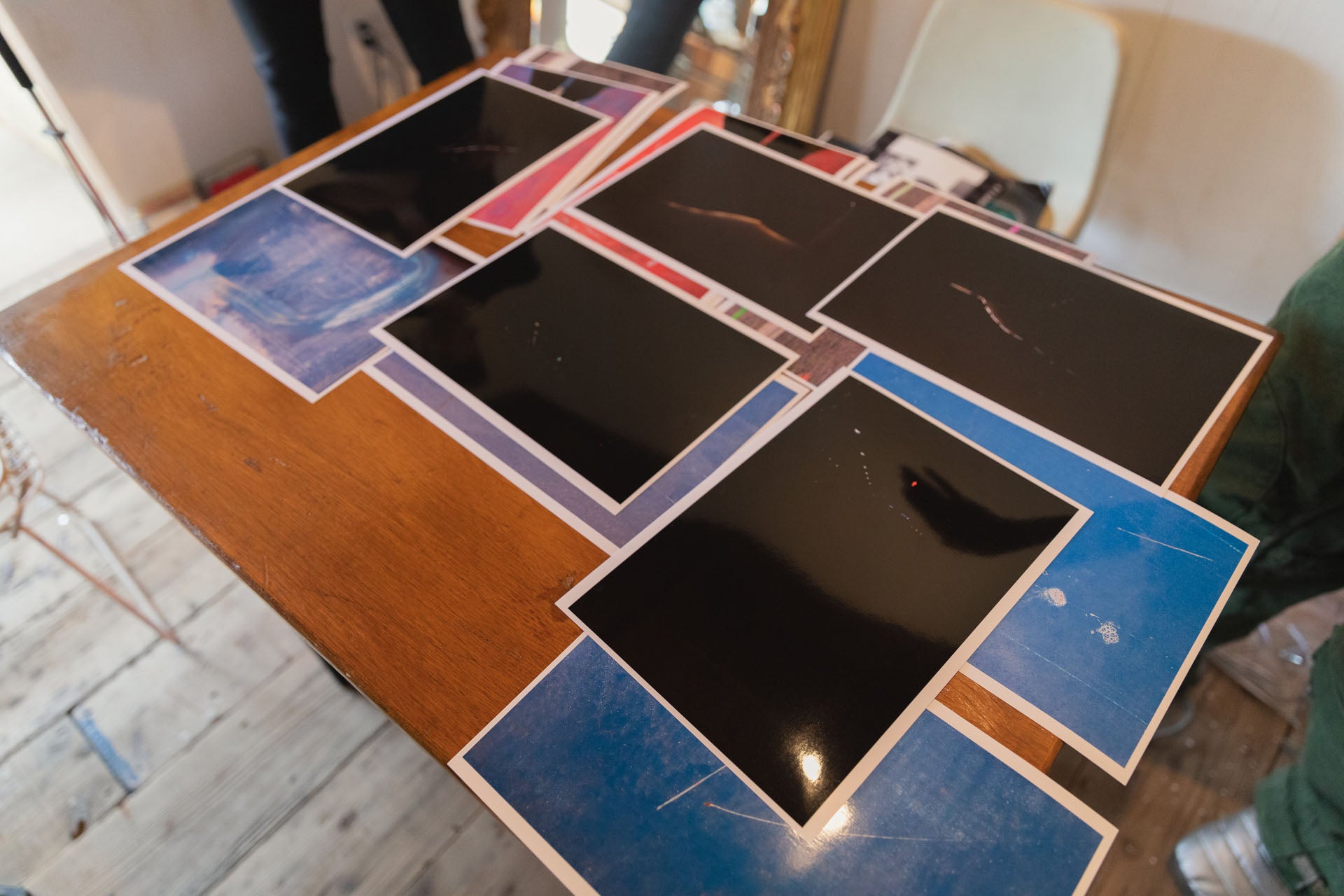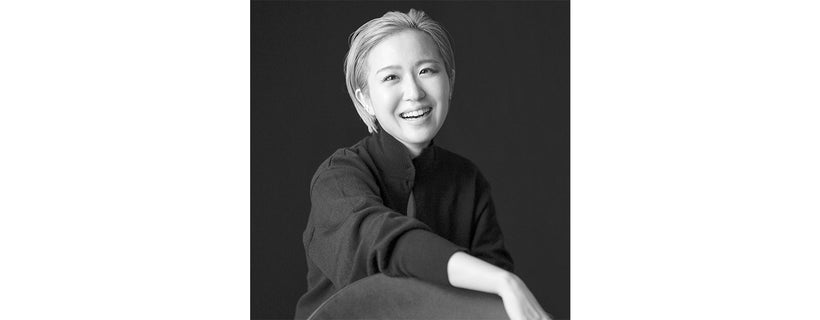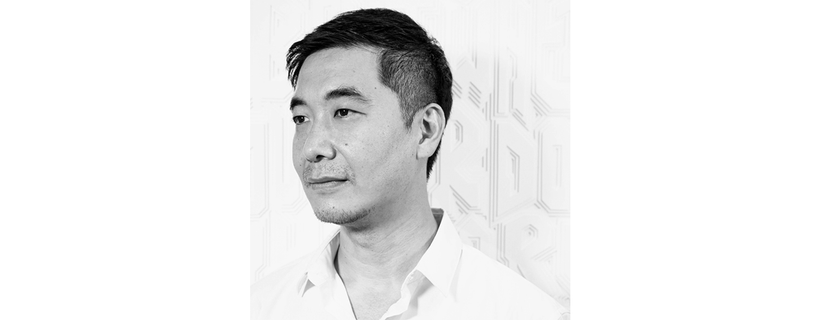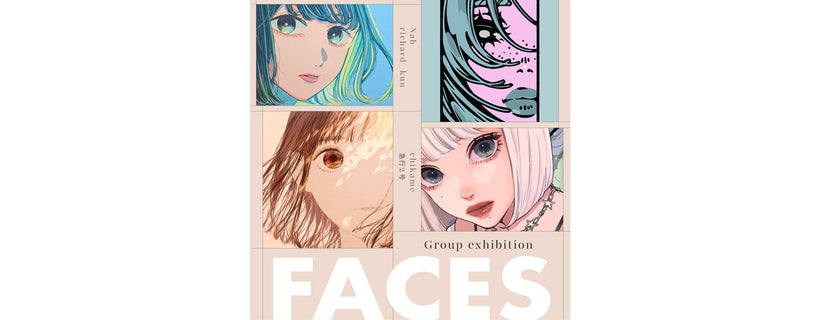ARTIST INTERVIEW
In the exhibition "Free again" by photographer Kiyohide Hori, in addition to photographic works such as silver halide prints, there are also three-dimensional works that combine photographs with disassembled everyday items such as notebooks and electrical appliances that have not been used for a long time. These are works that Hori has been so engrossed in creating that he says, "I realized that I was making them all day long." We asked him about his current creative endeavors, which he is working on freely without being bound by anything.
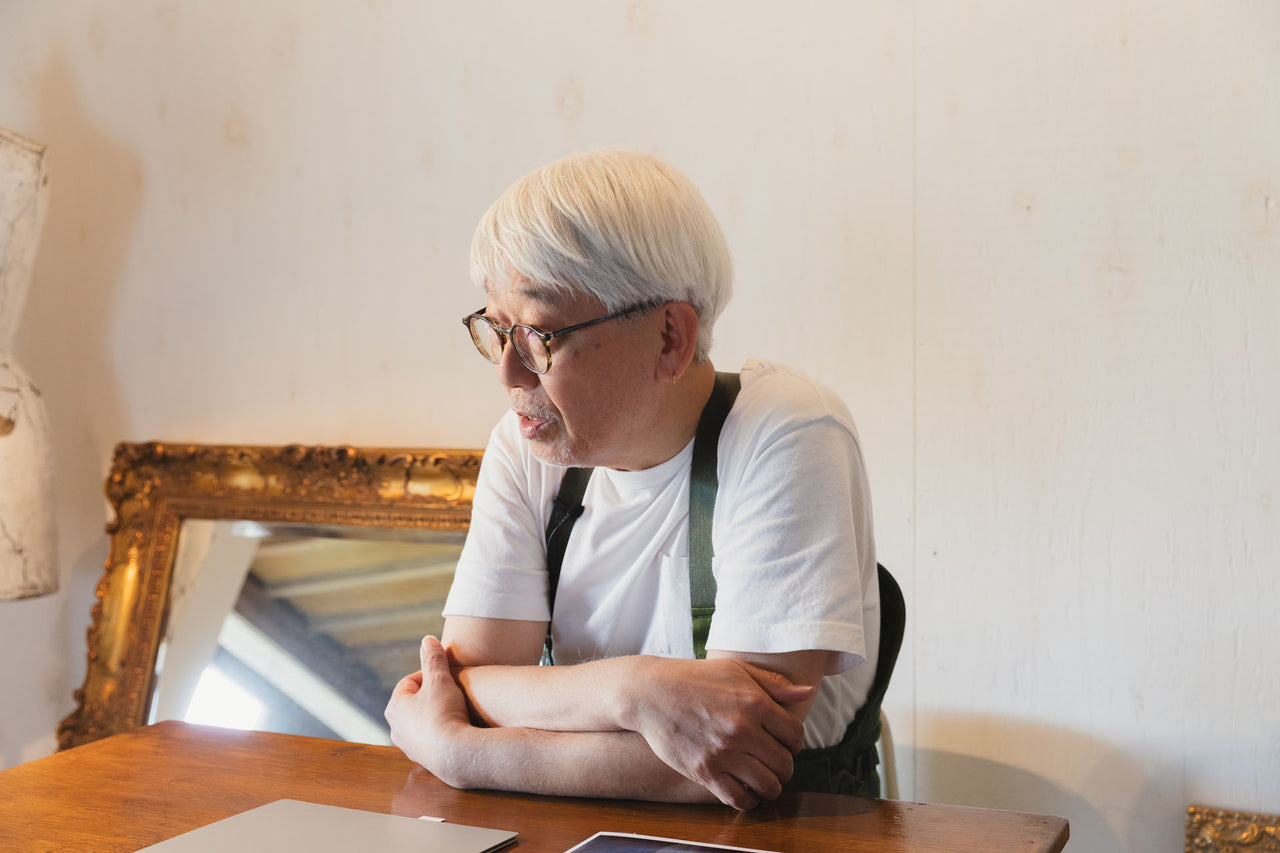
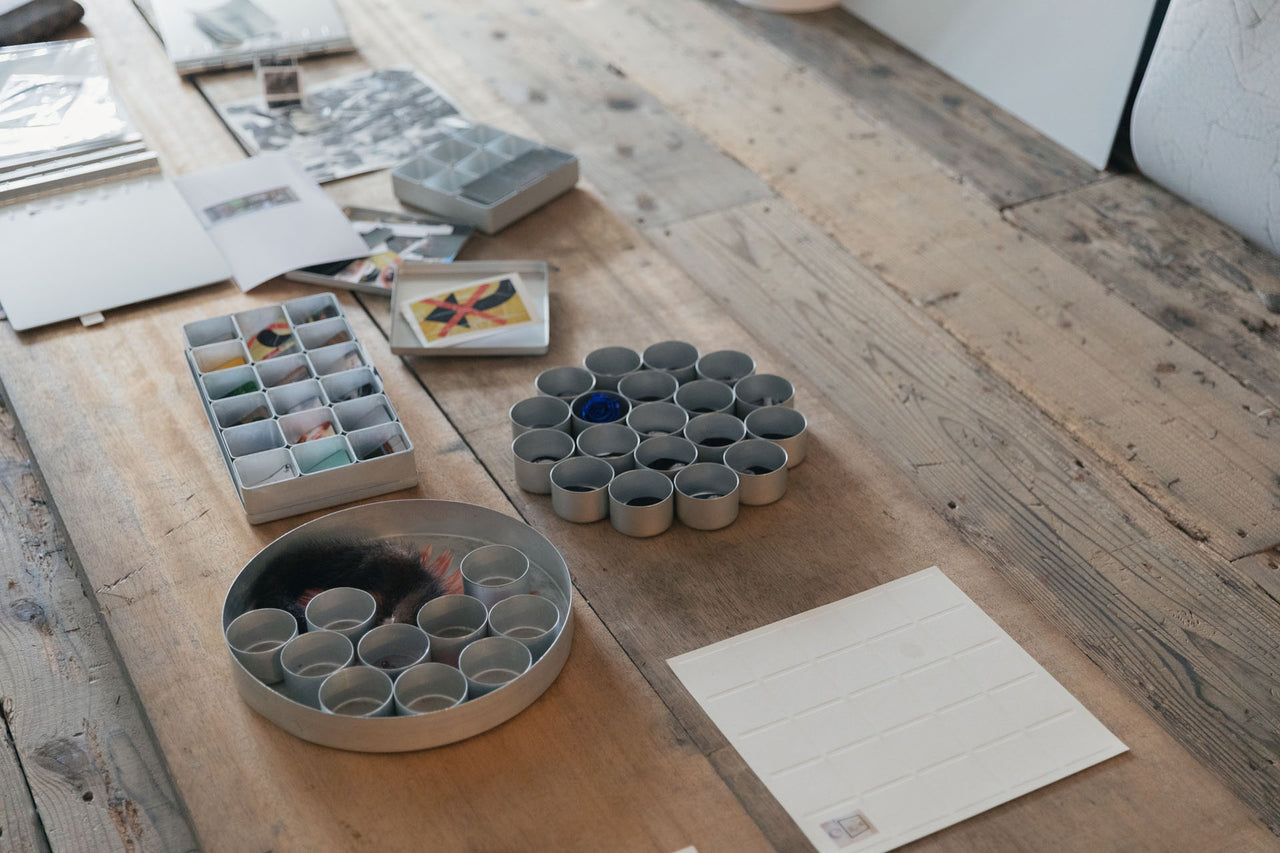
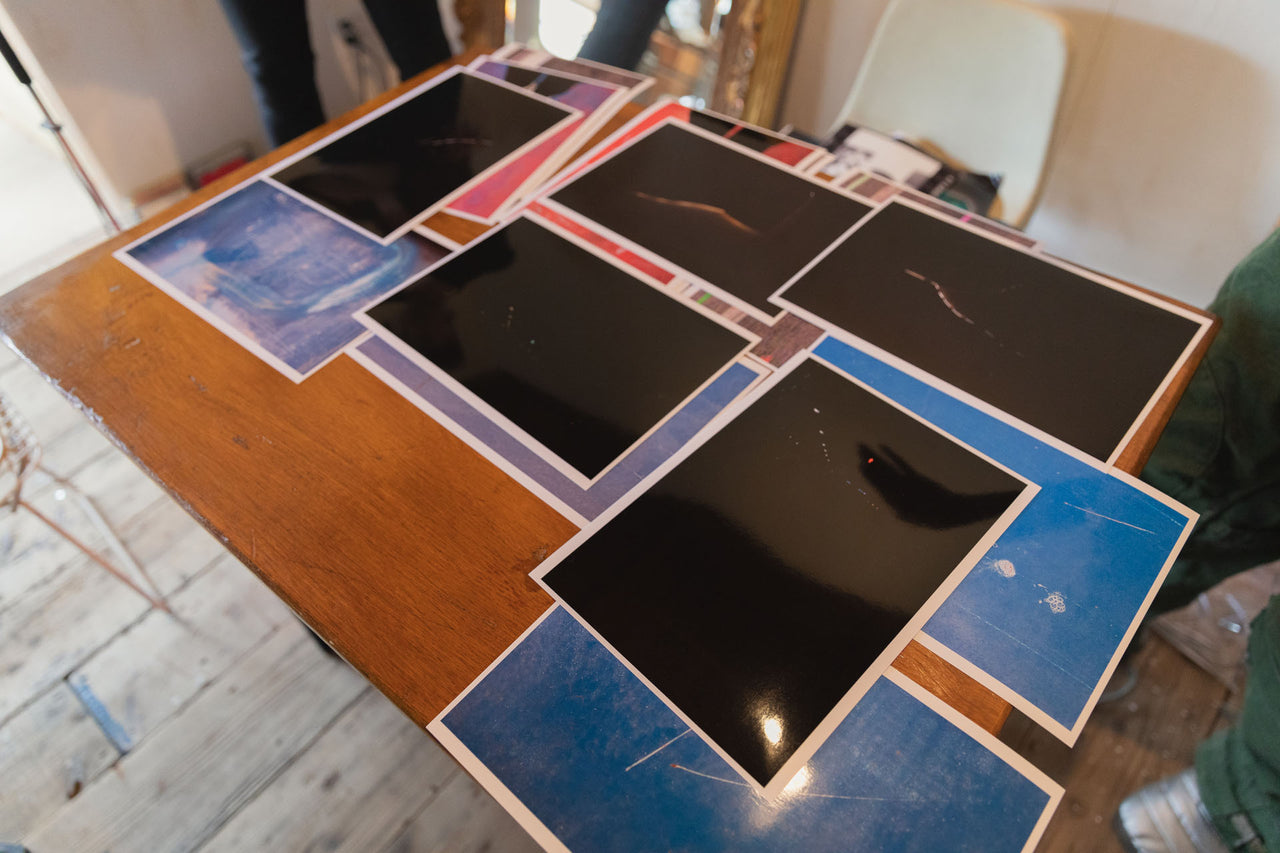
ABOUT ARTIST
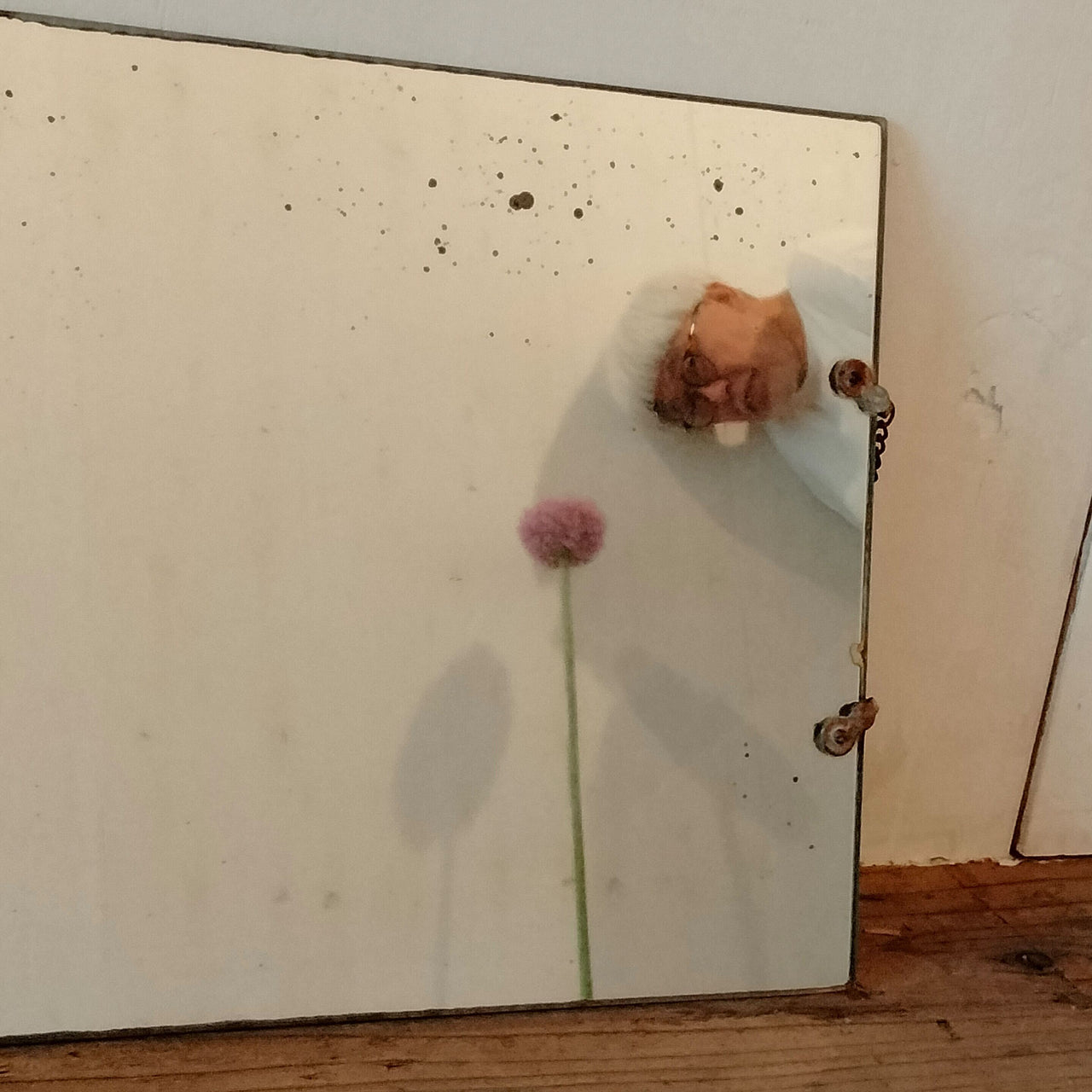
ABOUT EXHIBITION
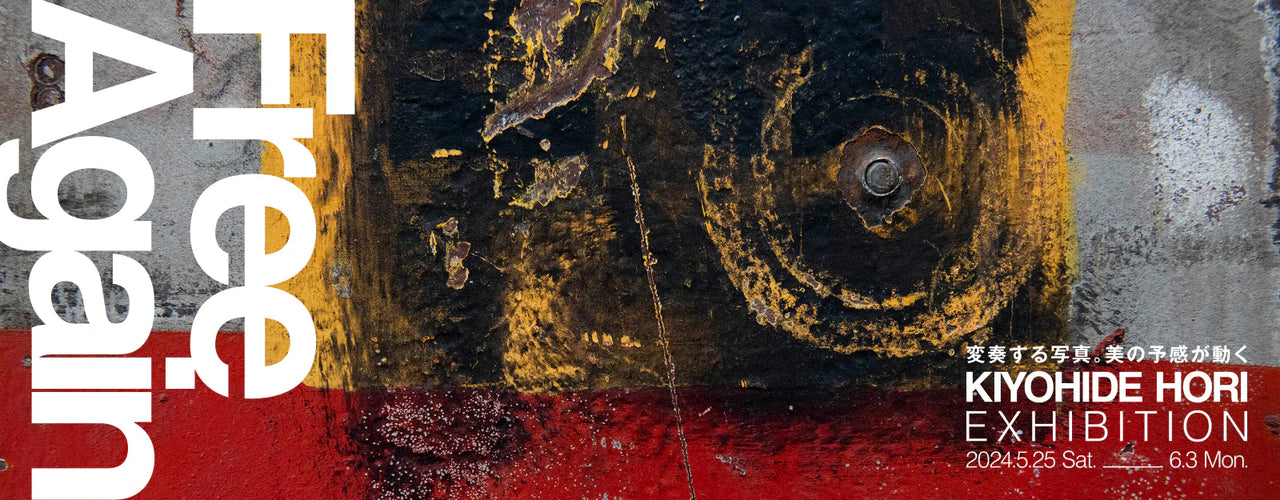
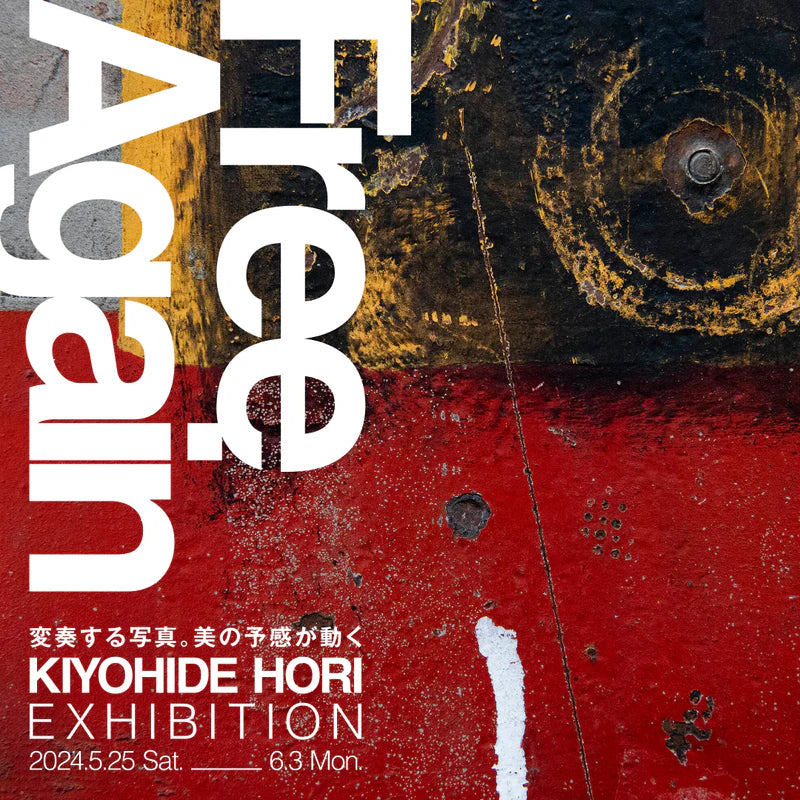
Kiyohide Hori solo exhibition "Free again"
YUGEN Gallery
KD Minami Aoyama Building 4F, 3-1-31 Minamiaoyama, Minato-ku, Tokyo
Dates
Weekdays: 13:00-19:00
Weekends and holidays: 13:00-20:00
*Ends at 17:00 on the final day only
None
Date of presence
free
Notes

